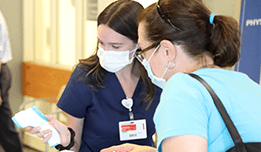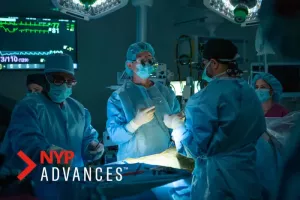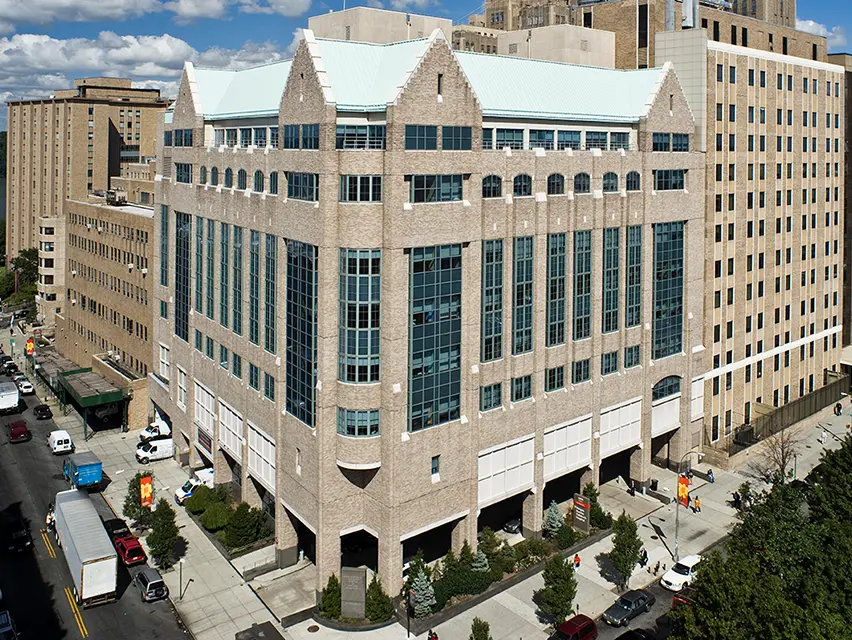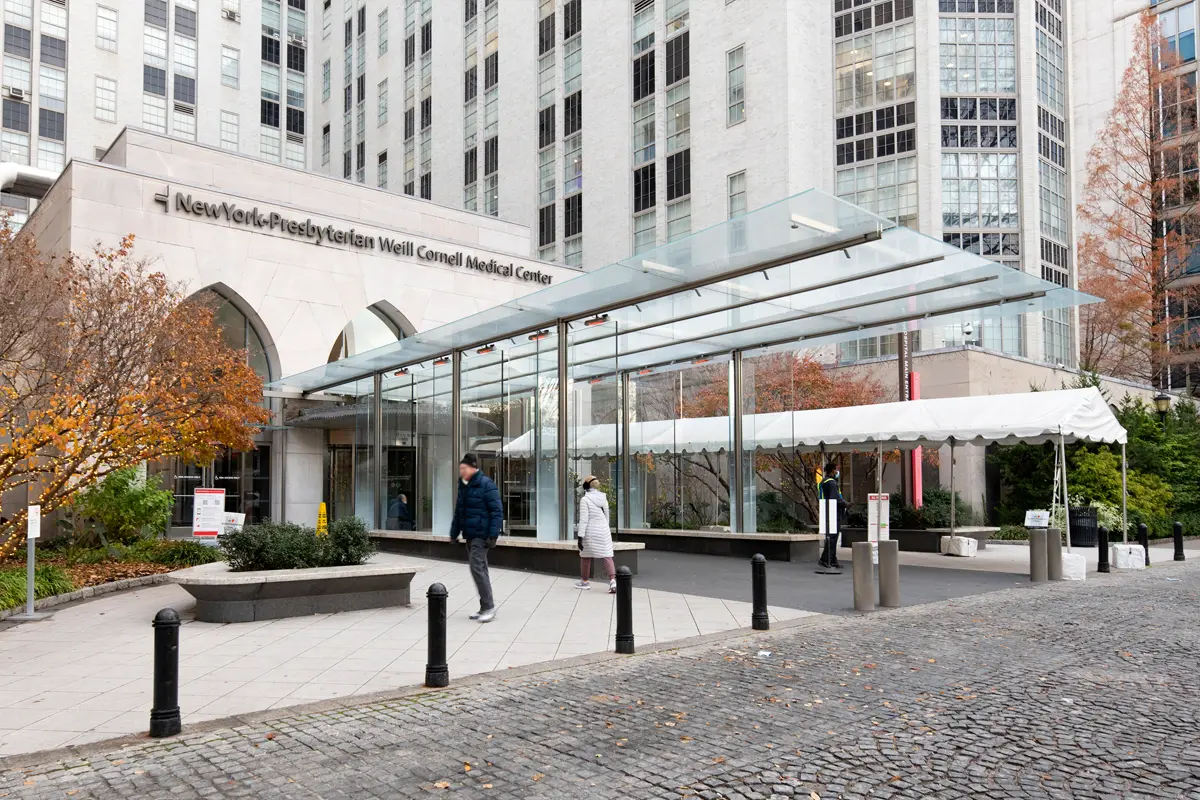Our world-class specialists at Children’s Hospital of New York can provide an expert diagnosis for craniofacial disorders through the following methods:
Prenatal ultrasound. If a cranial disorder is detected, we’ll work with you to develop a supportive course of action after the baby is born.
Evaluations for Infants and Children. We offer a full assessment of your child’s health and functions, including a systemic evaluation, genetic analysis, and familial planning.





